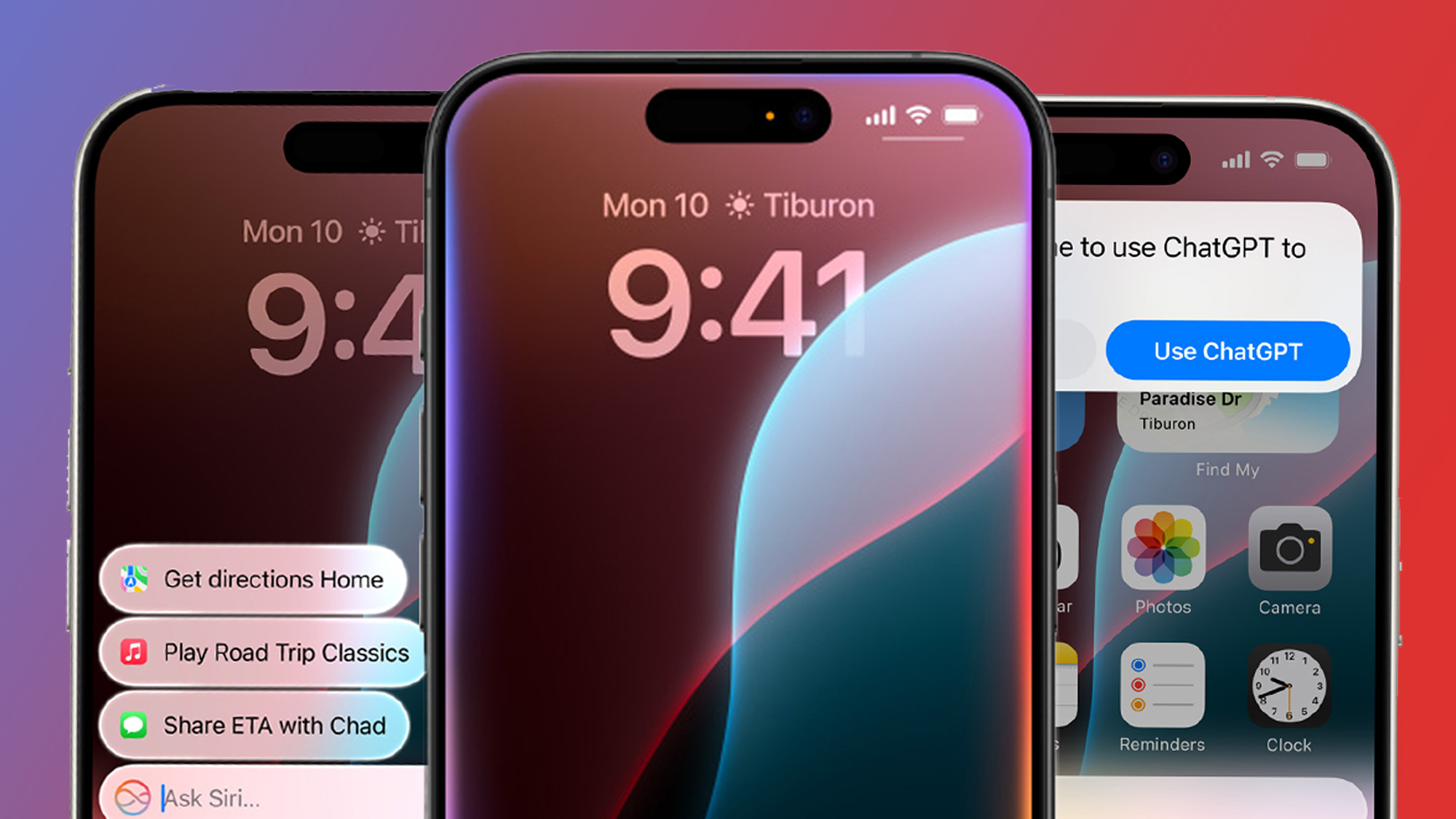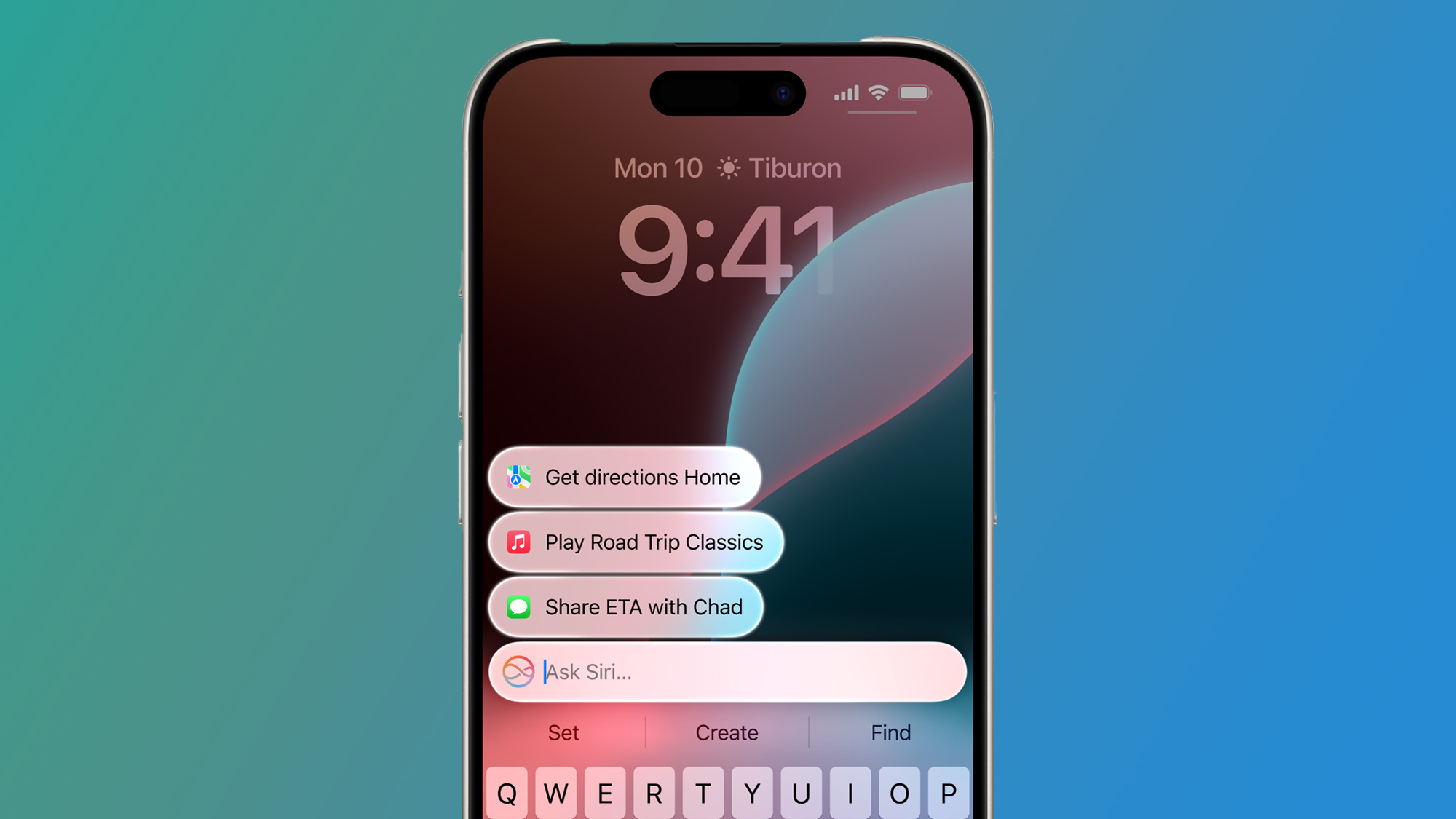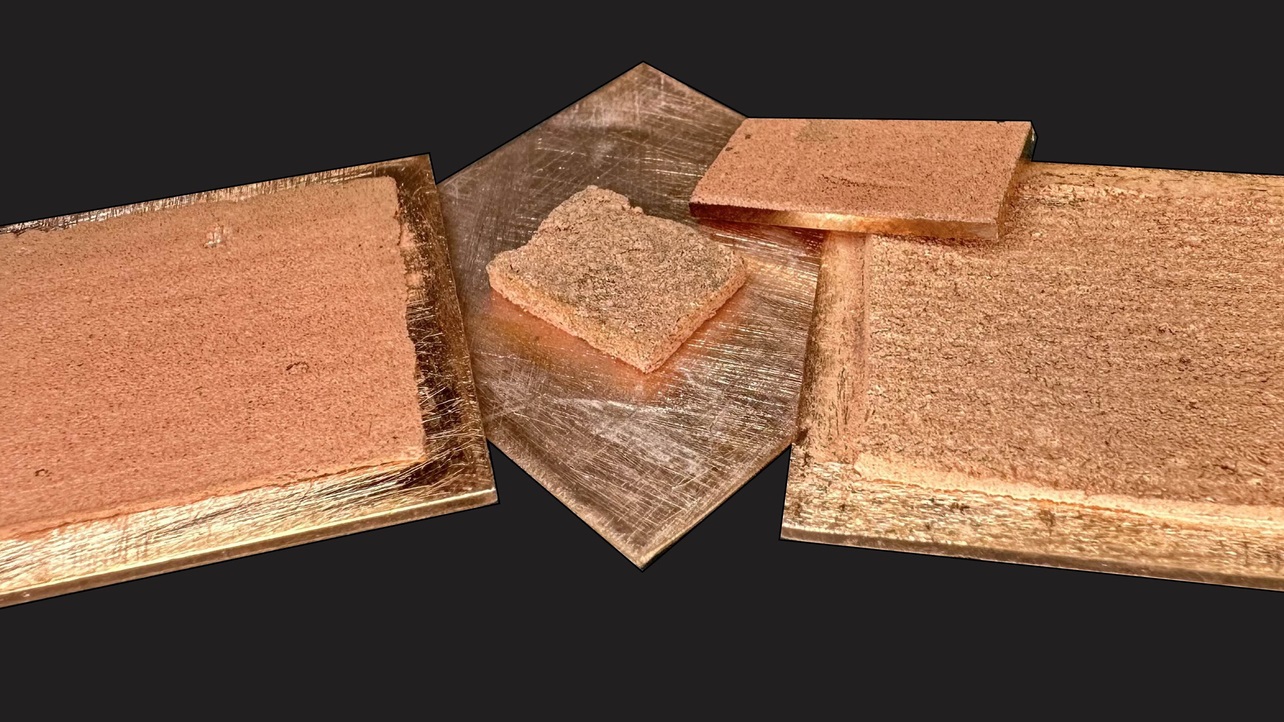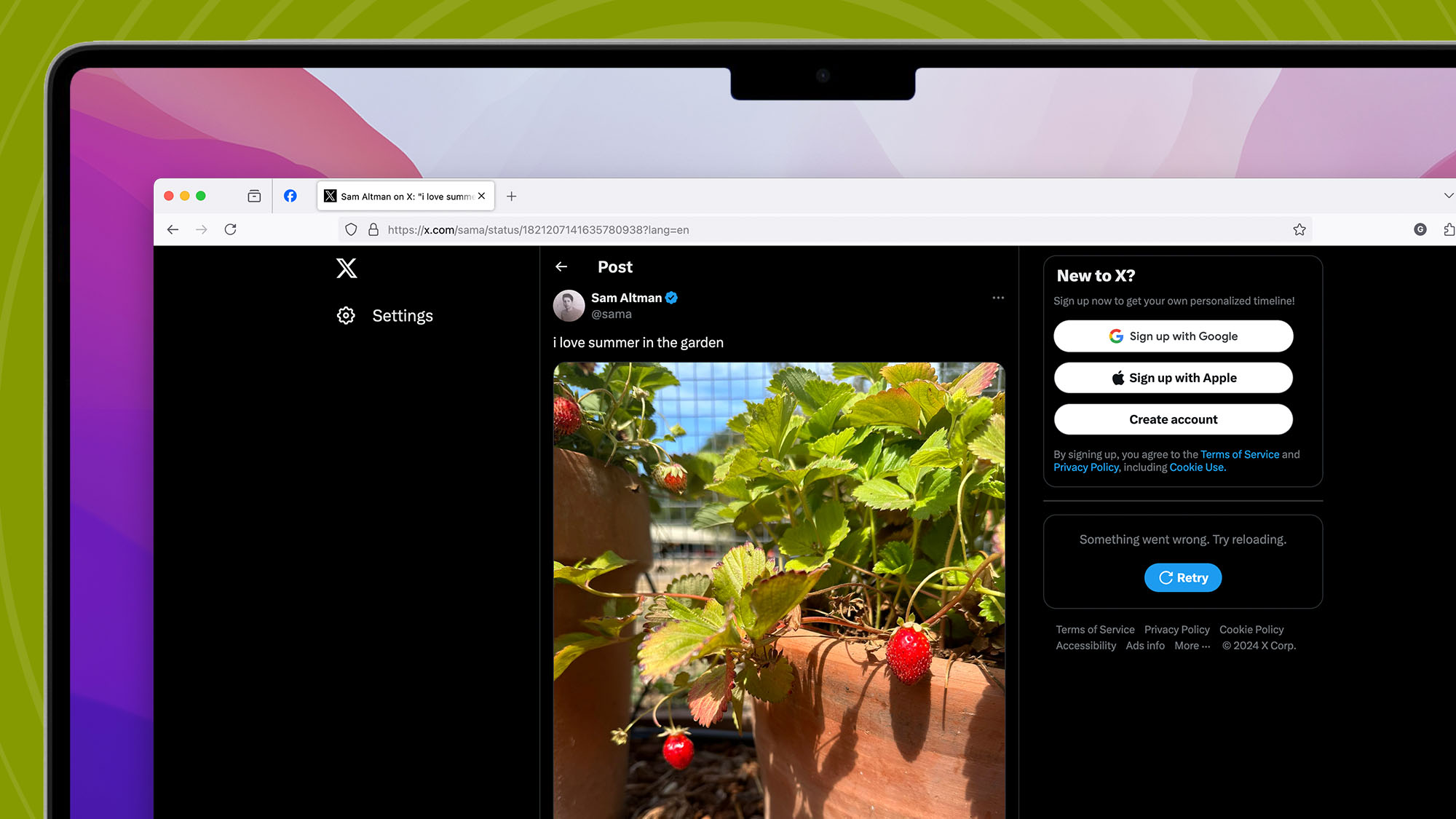With the iPhone 16 reveal just around the corner at Apple’s “Glowtime” event on September 9, the major talking point of the next best iPhone is likely its Apple Intelligence integration rather than a hardware bump.
Apple’s suite of AI features is expected to headline the marketing of the next-generation iPhone lineup, but customers will have to wait until iOS 18.1 launches later in the year to get a taste of what Apple Intelligence can do.
While we won’t have long to wait after the launch of the iPhone 16 and 16 Pro to try out Apple Intelligence, some of the major features we’ve all been clamoring for won’t arrive until 2025, the biggest of which is Siri 2.0.
With that in mind, we’ll examine what the next generation of Siri will look like and why you should be excited to use the AI-powered voice assistant when it arrives next year.
Siri 2.0

First of all, here’s a brief breakdown of the expected Apple Intelligence launch according to top insiders like Mark Gurman at Bloomberg. Apple Intelligence’s initial features, like proofreading, summarizing, phone call recording, Clean Up, and other useful tools, will arrive as part of iOS 18.1, which is set to launch later this year, potentially in October.
That means that, on day one, iPhone 16 owners won’t have any Apple Intelligence features on their iOS 18-powered smartphone. It’s a bummer but considering iOS 18.1 is in beta right now, it hopefully won’t be too long before your whole contact list is sending AI-generated responses to AI-generated questions with Genmoji over iMessage.
In iOS 18.1, Siri will get an overhaul with a new stylish design that appears on the edges of your iPhone, pulsating as you speak. It looks gorgeous, and you’ll also be able to double-tap the bottom of your device to use ‘Type to Siri’ when speaking out loud, which is convenient. From my testing, Siri is definitely improved in iOS 18.1, but it’s nowhere near as clever as the Siri Apple showed off at WWDC in June.
For that version of the voice assistant, which we’ll call 2.0, Gurman suggests they’ll “go into beta testing for developers in January and then debut publicly around the springtime — part of an iOS 18.4 upgrade that’s already in the works."
The wait for a smarter Siri will be worth it

At WWDC, Craig Federighi, Apple’s Senior Vice President of Software Engineering, showed an example of Siri’s AI capabilities, pulling information from an event's poster to determine whether he could move his meeting and still make his daughter’s theater performance. Apple Intelligence was able to know who his daughter was and the event in question, and on top of all that, contacted those involved and created new calendar events.
It was seriously impressive stuff and all possible thanks to the major improvements coming to Siri, which let the voice assistant become your on-device personal assistant. Apple made a huge deal about Siri using Apple Intelligence’s ability to read personal context, interact with what’s on your device’s display, and act wiser than we’ve ever seen before. Siri will ultimately, just like Gemini on the latest Google Pixel 9 phones, become the cornerstone of Apple Intelligence on Apple devices moving forward.
That said, until Siri 2.0 launches next year, Apple will have to make a conscious effort to explain to the mass market that Siri included in iOS 18.1 with its snazzy design overhaul isn’t the voice assistant we’ve been promised.
Otherwise, Apple Intelligence’s launch could be met with disappointment as users use AI on iPhones for the first time only to quickly realize that, outside of some nifty new features, it isn’t quite the AI-fuelled future just yet.


